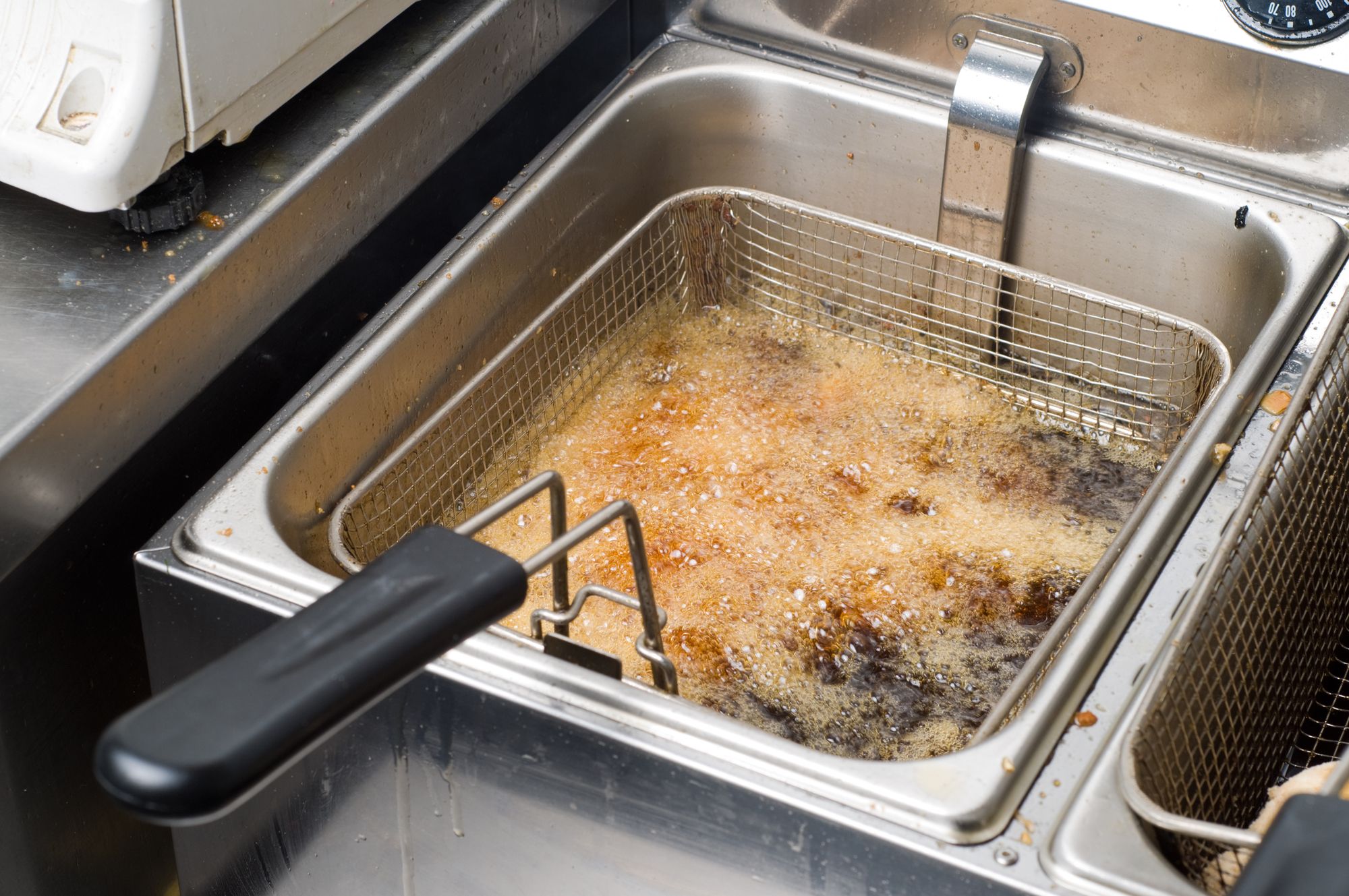4 Signs Your Favorite Restaurant Needs Their Grease Trap Cleaned

One of the maintenance tasks a restaurant owner or manager can’t skip over is grease trap cleaning. Without routine cleaning, fat, oil, and grease solidify in the trap and pose a fire risk among other problems. This is because the floatable matter is extremely flammable. Below, we review four clear signs that it is time to schedule a grease trap cleaning to keep restaurants functional, safe and in compliance with health codes.
What Are The Signs Indicating A Restaurant Needs To Schedule a Grease Trap Cleaning?
As a patron of eating establishments, you may only see one or two of these tell-tale signs, with the main one being #1 on our list:
1. Foul Odors
As grease, oil, and fat accumulate in the grease trap, they form a foul-smelling sludge. This is especially true of traps without efficient food debris elimination because the organic matter has time to break down and produce unpleasant smells.
Cleaning a restaurant kitchen doesn’t always solve the odor issue. Many restaurants have a scheduled maintenance every month or quarter (depending on their usage and needs) but if customers are smelling the foul odors, it may have been more than three months since the last grease trap service or there may be another issue to be dealt with; either way, the owner or manager can increase the frequency of grease trap cleanings to stay in compliance with local health codes.
2. Increased Total Liquid Depth

Some places are set up to where you can see into the kitchen area. Some of these restaurants are some of our favorite places to eat! As patrons, we know there is a fryer there but most likely give no further thought to how it is connected or how it is cleaned... we just know the food is good!
However, the use of fryers affect the total liquid depth in the grease trap and the more often it is used, the faster the grease level will increase. When grease exceeds more than 25% of wastewater depth in the trap, it is time to schedule a cleaning. The Environmental Protection Agency (EPA) requires restaurant grease trap cleaning whenever there’s more than 25% in floatable matter present.
Restaurant grease is among the most common causes of sewer blockages, or fat-bergs, that harbor infectious bacteria. The fat-bergs can also cause foul odors outside a restaurant and contribute to blockages that affect their business neighbors and possibly nearby neighborhoods!
3. Slow-Moving Water
A decrease in drainage speed is a clear sign the restaurant is in need of a grease trap cleaning. The accumulation of floatable matter inside the trap eventually slows wastewater flow without routine cleaning, and can cause standing water in sinks and drains that further contribute to kitchen odors that may waft into the dining areas.
4. The Appearance of Grease in Sinks
A grease trap that’s at capacity causes additional oil, grease, and fat to find other exit pathways. Floatable matter backing up into kitchen sinks or accumulating in water lines and sewer pipes means there is a problem.
A backed up grease trap in a restaurant is similar to an overloaded septic system that backs up into household drains. If you have any foul odors emanating from your septic system at home, Call (704) 876-1834 today to schedule a Septic Tank Service, especially if it has been more than 3 years since a maintenance was done. Like Lentz on Facebook for the latest blog posts, contests and humor.
If you are a restaurant owner or manager in need of a grease trap cleaning, schedule a pumping with Lentz Septic Tank Service to maintain an efficient and safe establishment. Based in Statesville, NC, this septic tank contractor has served the Lake Norman area for over 60 years and NOW OFFERS OVERNIGHT & EARLY MORNING SERVICES so you can focus on work during open hours. Call (704) 876-1834 today to make your appointment or learn more about their services.
cb93019
About the Business
Have a question? Ask the experts!
Send your question

